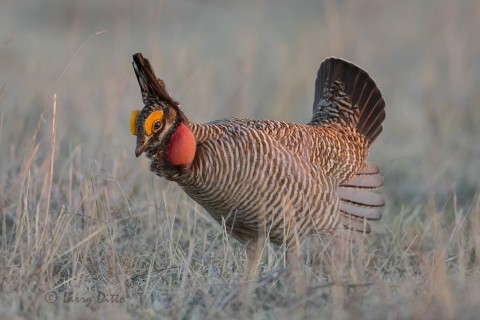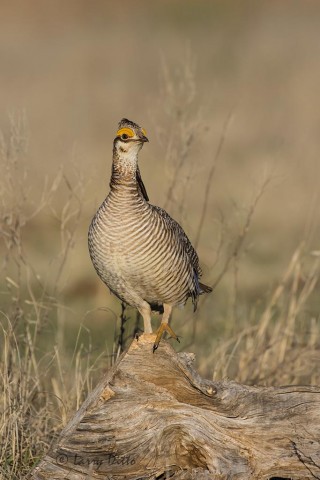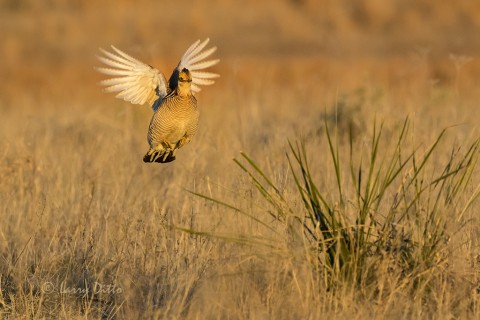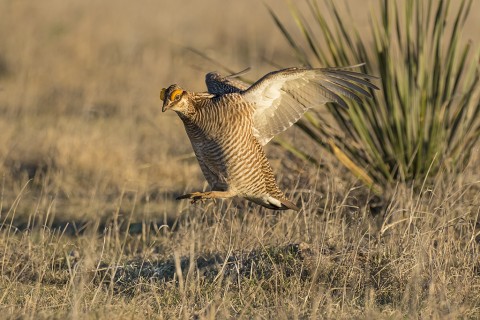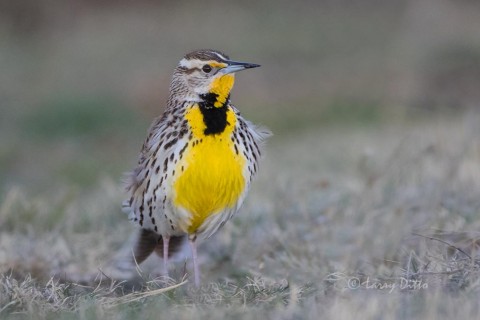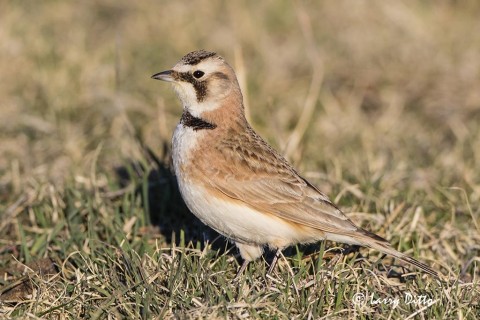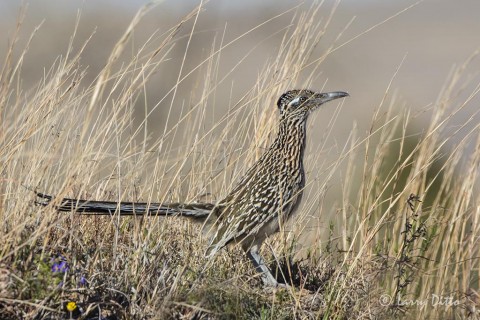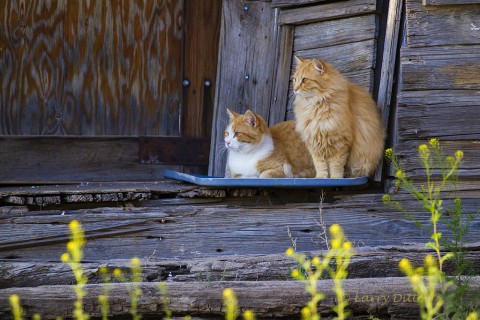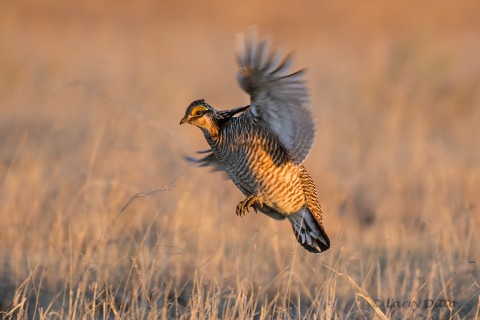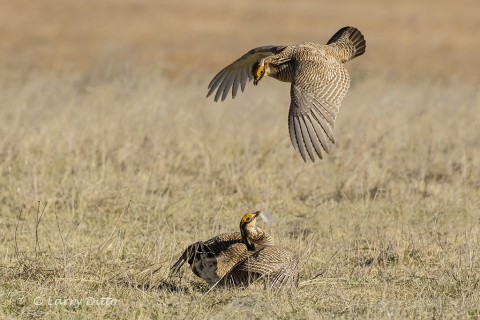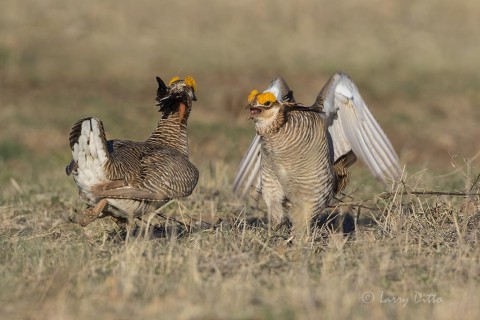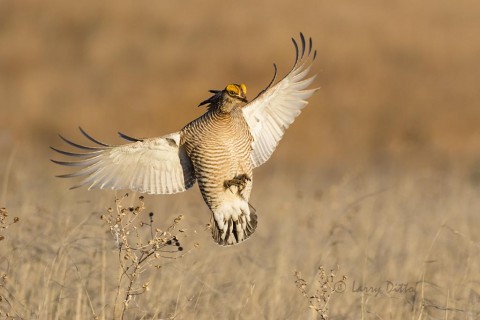Last week at Galveston’s nature festival, FeatherFest, I helped lead several wildlife photography field trips and seminars. It was my fifth festival and each year I share in the fun of photographing birds and landscapes along the coast from Rockport to High Island at the upper end of Bolivar Peninsula. The following collection of images is offered to give you a glimpse at the diversity of Texas coastal birdlife during spring migration and nesting:
Be sure to click on the first photo to enlarge and sharpen for viewing.
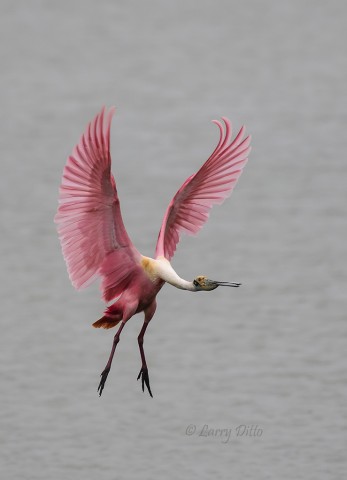
The weather on most mornings during FeatherFest was gloomy, but colorful birds and intense bird breeding activity livened the scene. Most of these images were made with a Canon 7D Mark II and 100-400 mm lens, handheld. For the spoonbill, the camera settings were 1/1600 sec @ f5.6 and ISO 800.
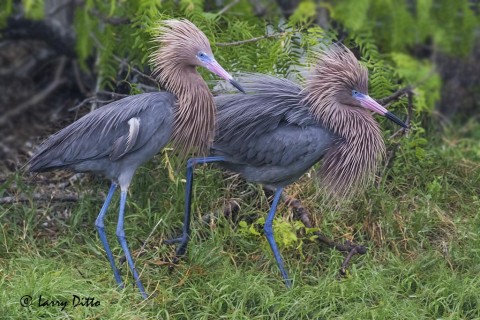
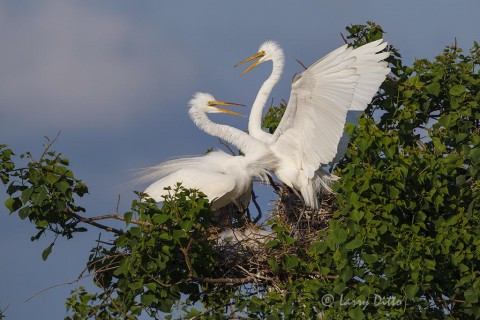
The highlight of our photography sessions was a trip to High Island and the Audubon Sanctuary there where thousands of herons, egrets, ibis and spoonbills nest.
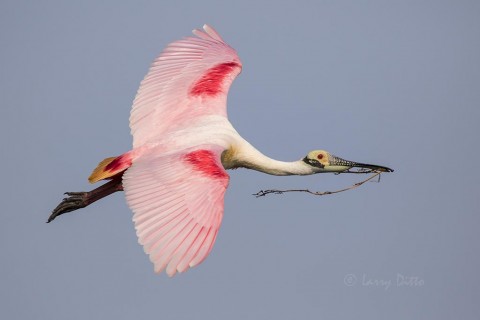
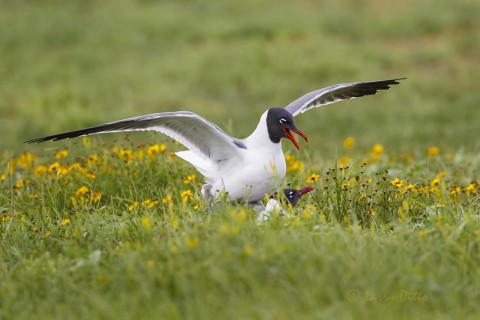
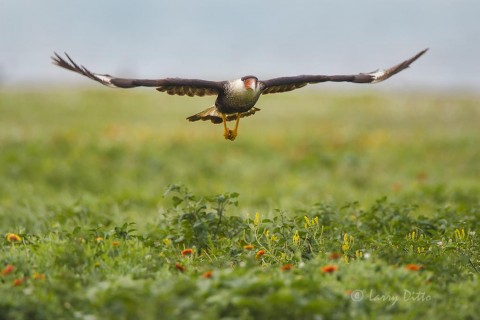
I first saw this crested caracara walking amid hundreds of laughing gulls resting on the ground in a beautiful landscape of Rockport wildflowers. Eventually, it gave up on finding an easy meal and flew directly at me. The Canon AI Servo worked perfectly in predicting the bird’s approach and holding focus for several frames.
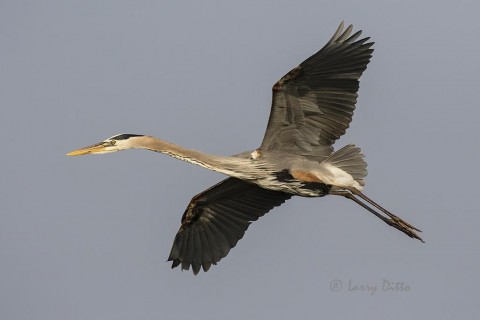
Our photo group captured many species and thousands of images from a boat at Aransas and Galveston Bays.
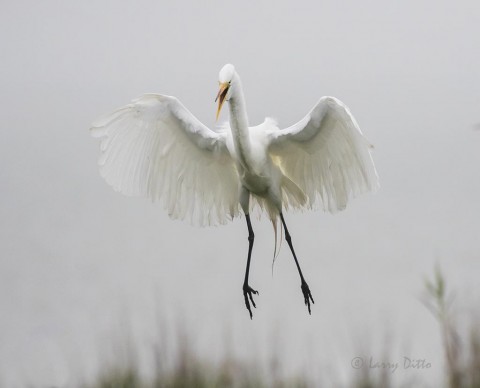
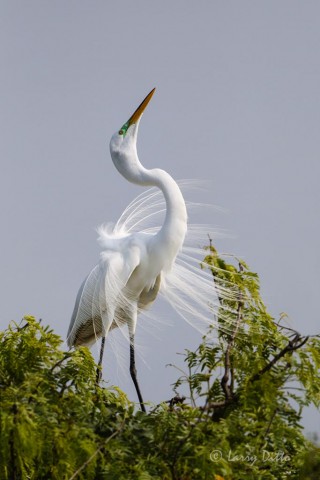
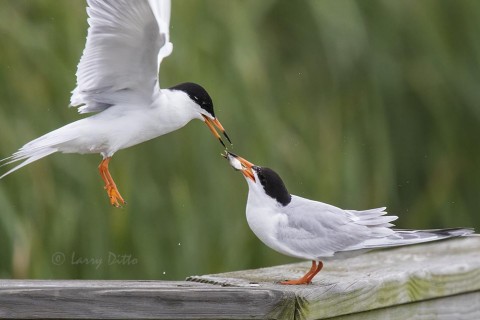
At Port Aransas we encountered a mini-fallout of migrating birds forced to ground by an approaching coastal cold front during their northward flight across the U.S.
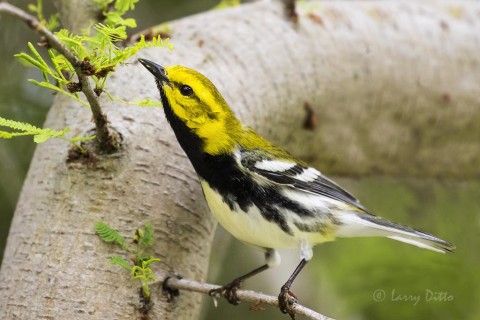
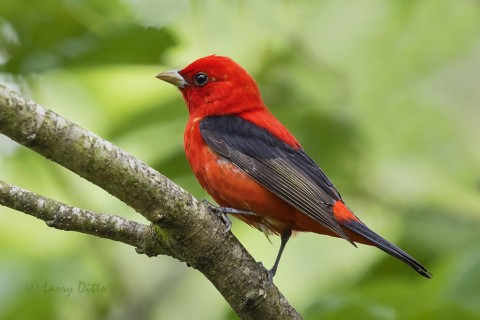
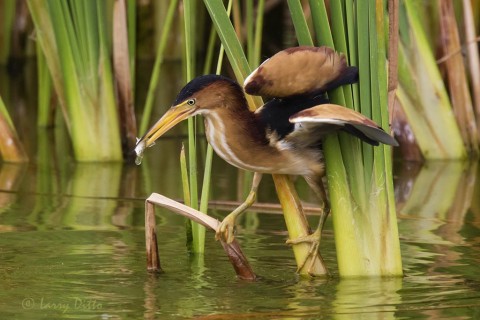
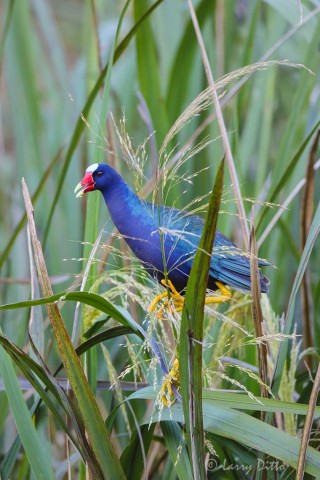
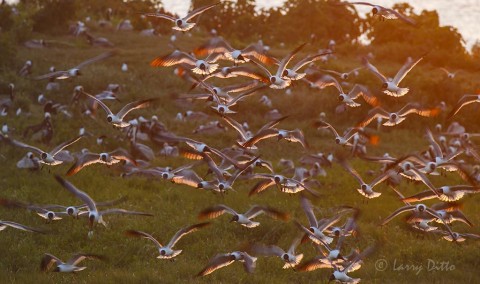
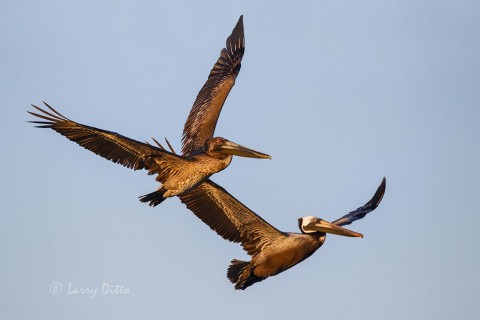
On my last evening in Galveston, our group got to see thousands of gulls and brown pelicans swarming over their nesting islands as the sun sank.
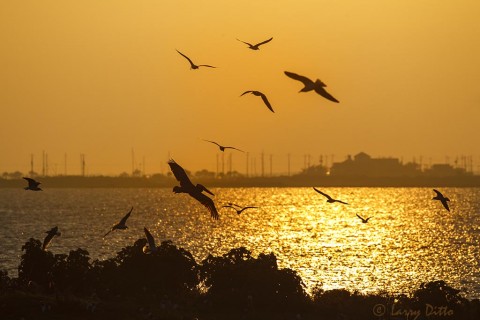
If you are a photographer, think hard about joining some of the photography sessions at FeatherFest next April.
LARRY

